Summer in the southwest Alentejo natural park is usually a very busy season, with a large number of people choosing the area for vacation. The main attraction are the many pristine beaches that exist along the coastline and that allow a well deserved rest in a natural and quiet setting. This bit of coastline is probably one of the last “wild” ones in Europe.
I spent a short vacation in the region last week, and noticed that this year the number of visitors had dropped considerably. No doubt the result of the ongoing pandemic crisis. The impact on the local economy will be significant, as in many parts of the World where tourism is a large part of the local income.
For this trip I had no definite plans concerning particular photographic endeavours. Weather permitting, I was hoping to spot comet Neowise after sunset, and go out to photograph the rural fields dotted with the typical hay bales. One of the things I like best about this area is the sea versus land dicotomy that is always present: only a couple of kilometres inland from the coast, the landscape is dominated by rolling hills and rural farmland. If it weren’t for the sea breeze, one might be well within the interior of the country. A true surf ´turf of geographic and climatic nature.
I had previously spotted a few places with abundant hay bales, but I wanted to find a location where they would be complemented by the native cork oak tree, to add a bit more of interest and context to my photos. I found such a place near the island of Pessegueiro, between Milfontes and Porto Covo. After parking the car, I started to walk around looking for potential frames in my mind. I had about 1 hour before sunset, so I was in no rush to start shooting. I normally take my time before setting up the tripod, just familiarizing myself with the surroundings and the light.
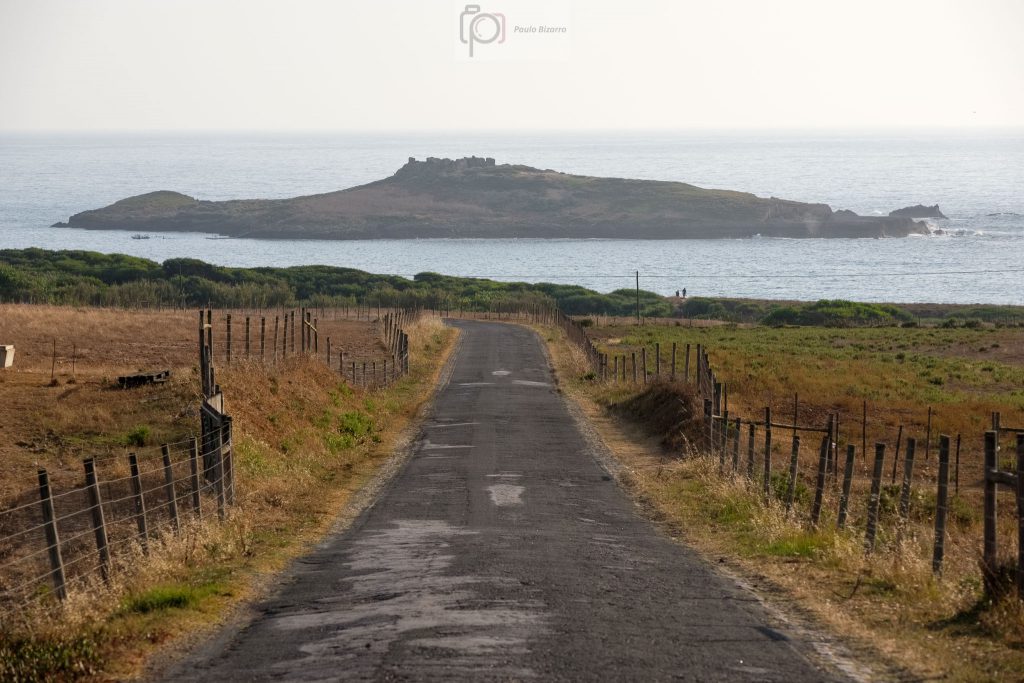

The light had a nice golden quality to it, thanks to the approaching sunset; shadows from the bales were long, complemented by some soft wispy clouds. For some photos I used a polarizer filter to enhance the sky and define the clouds a bit more. I kept moving around and trying different angles, to include the farm houses, the trees, the distant hills and some wind turbines.
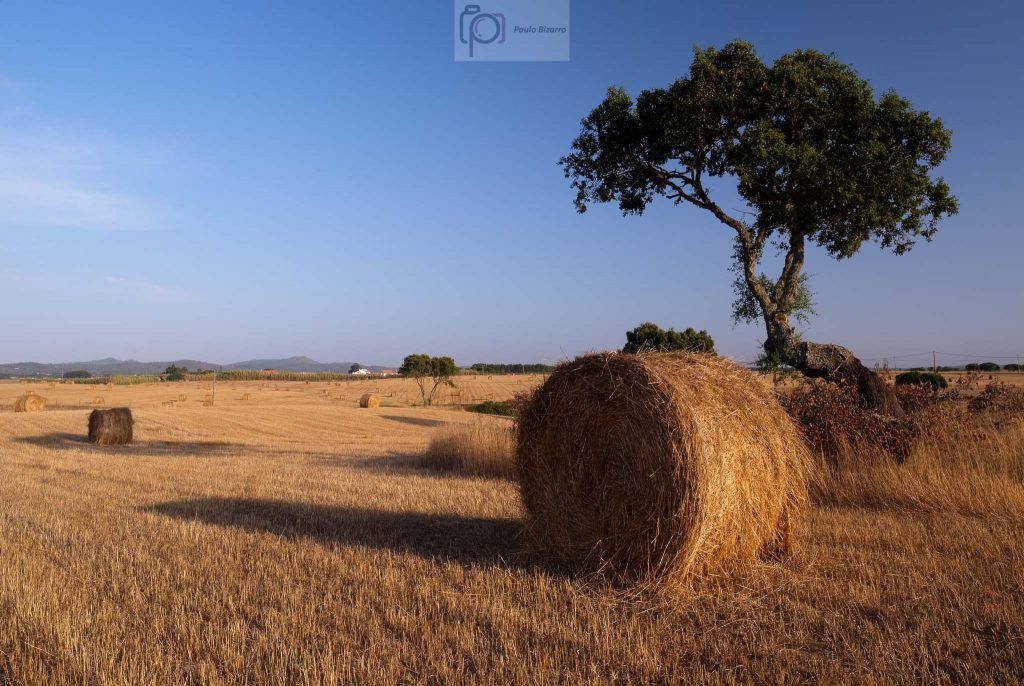
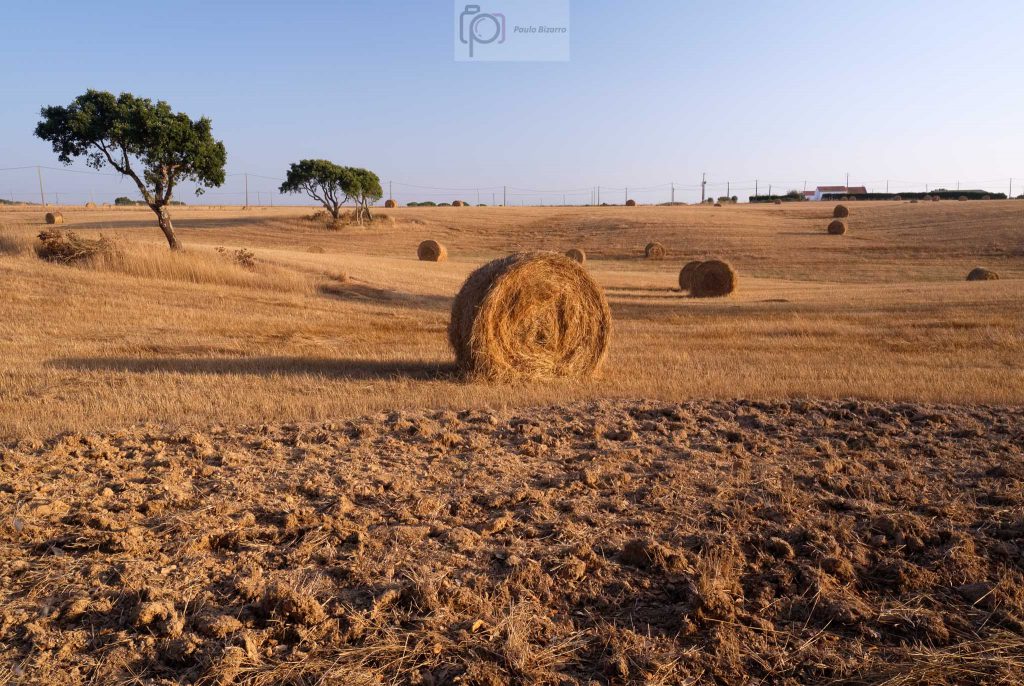

Besides using a wide angle lens for greater depth and context, I also used a telephoto lens to isolate the subjects a bit more. Like in the previous photo, and the following ones.

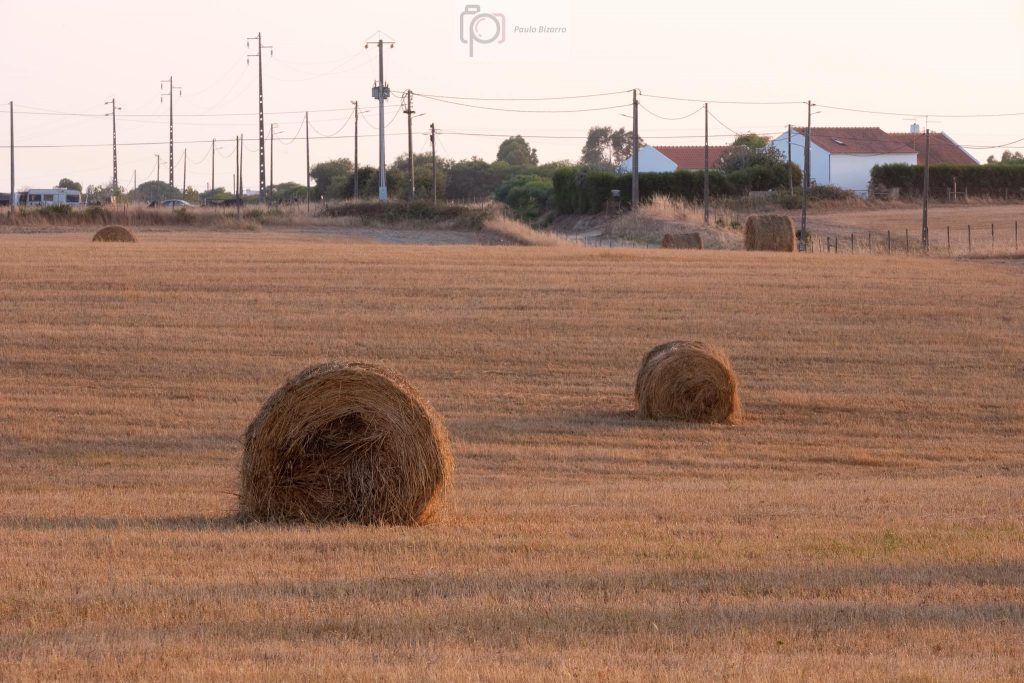
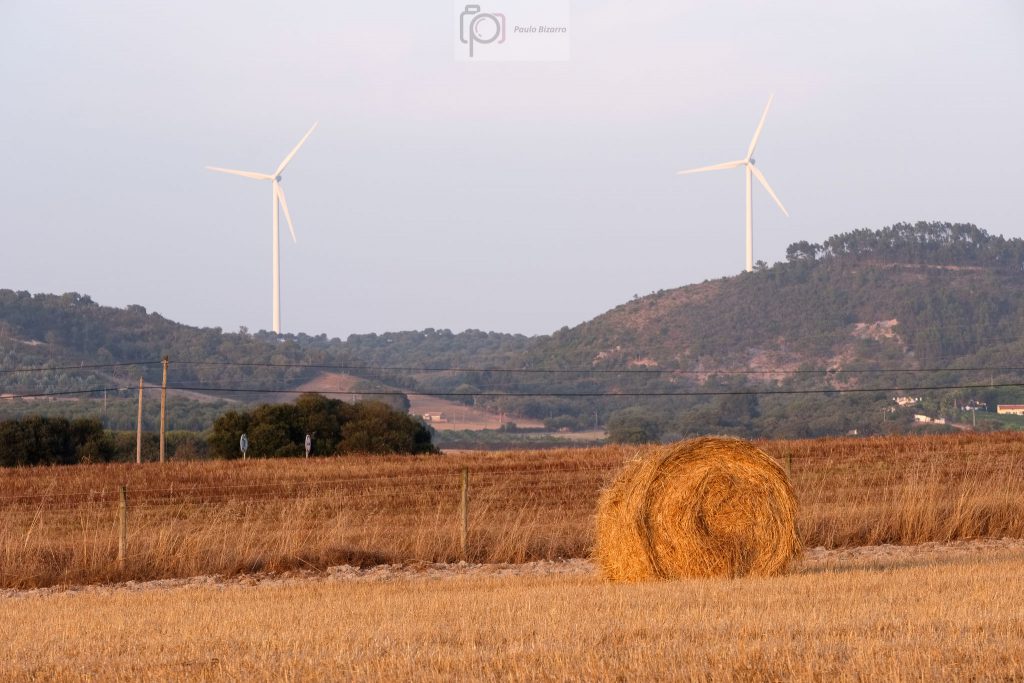
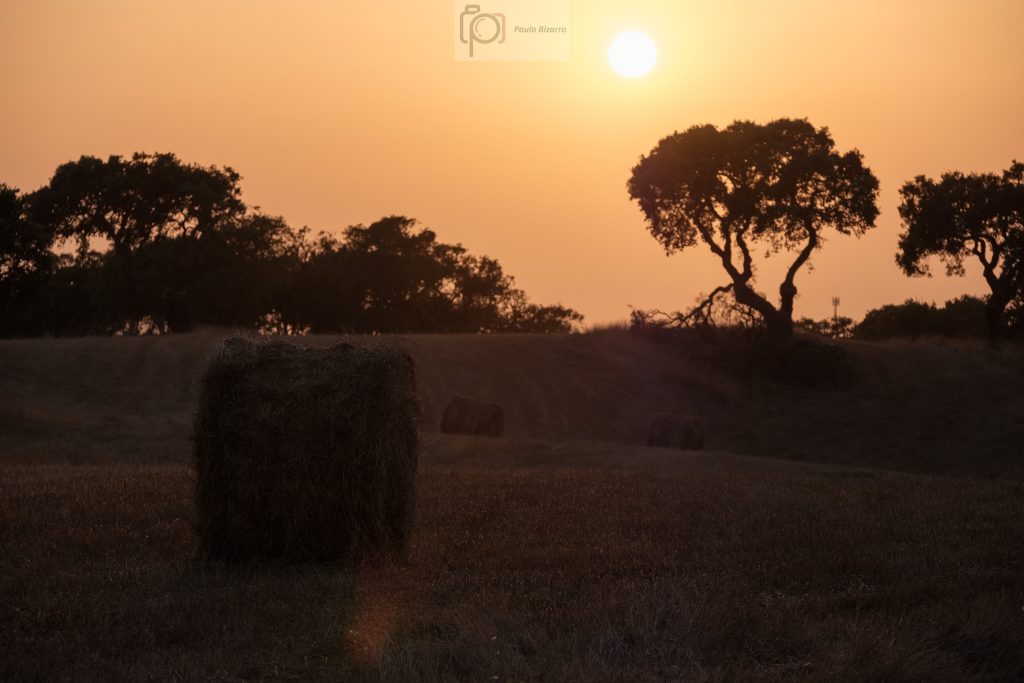
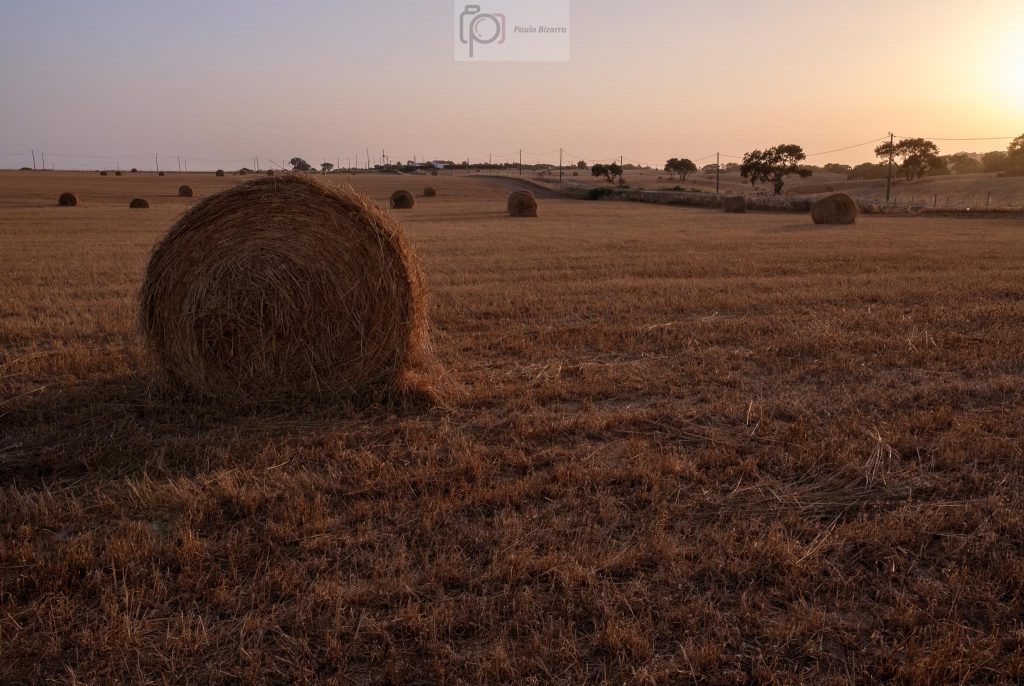
What about the comet? I went to a dark area after dinner, at around 10.30 pm. I knew it would be visible to the northwest, just below the Big Dipper. It was actually easy to find with the naked eye, and it was a great experience seeing it with binoculars. I set up the camera on the tripod and took a few shots, testing the shutter speed to avoid star trailing. There was some atmospheric haze (the day had been very hot) that affected the visibility, as the comet is not very high above the horizon. But overall I am happy with the results, and above all I felt privileged for being able to witness such a spectacular visitor.
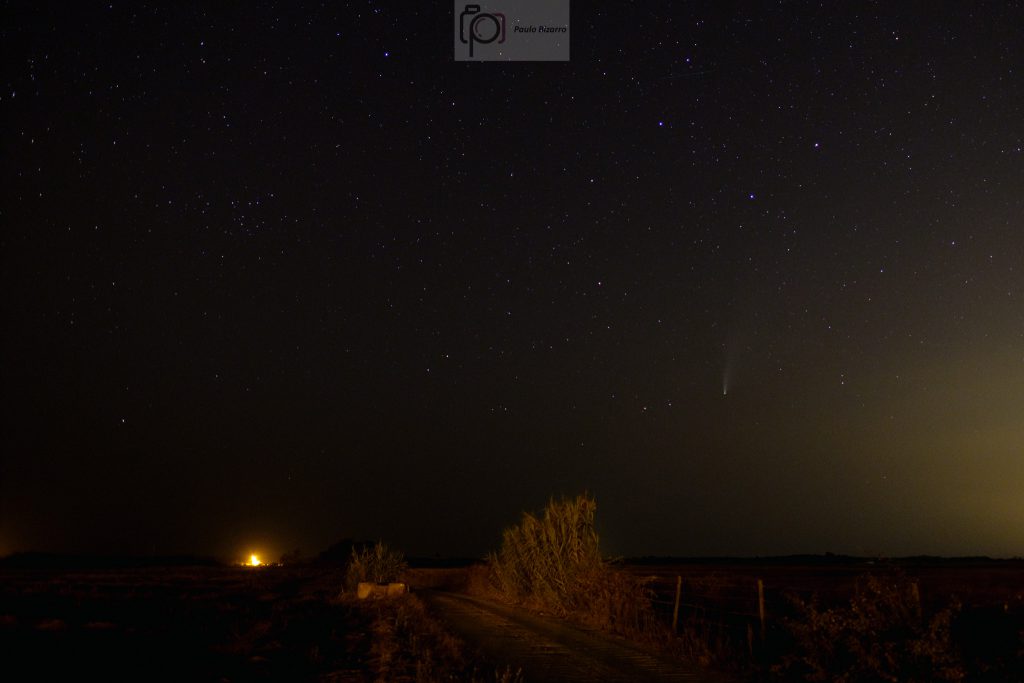
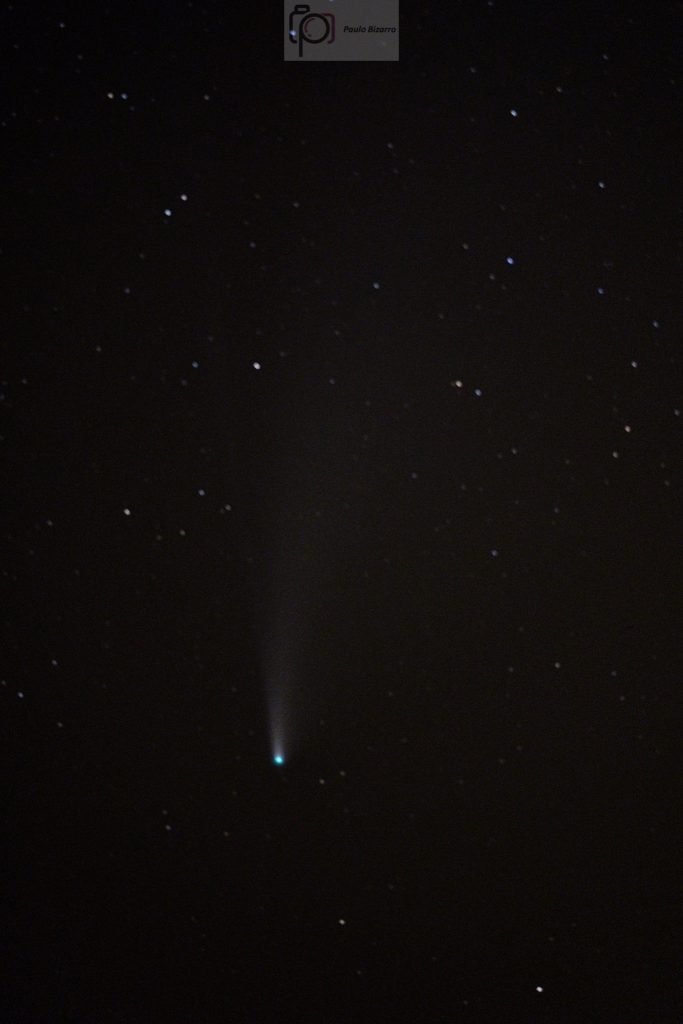
I was glad I went out for the comet that night, because for the next 2 days the entire coast was covered in fog!